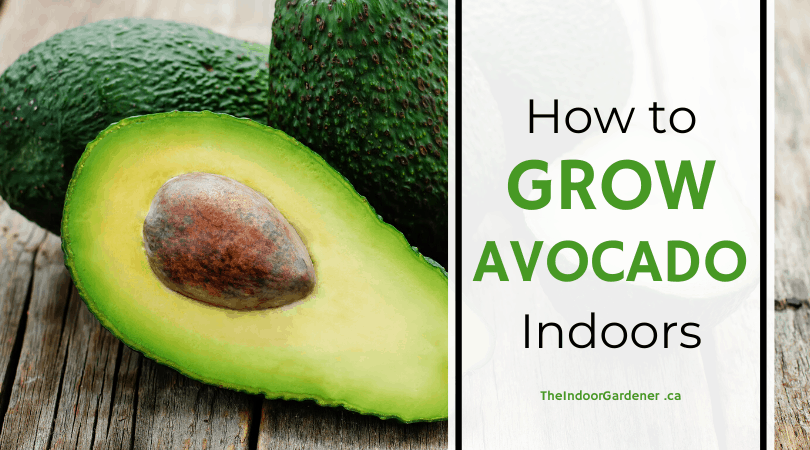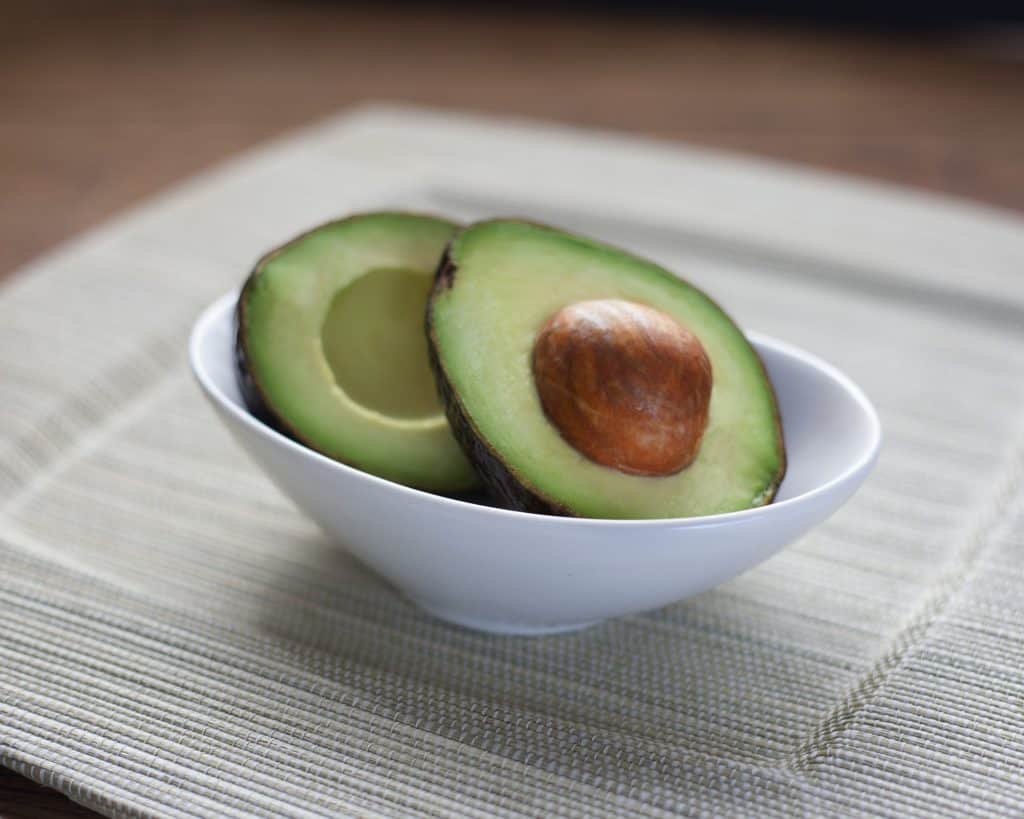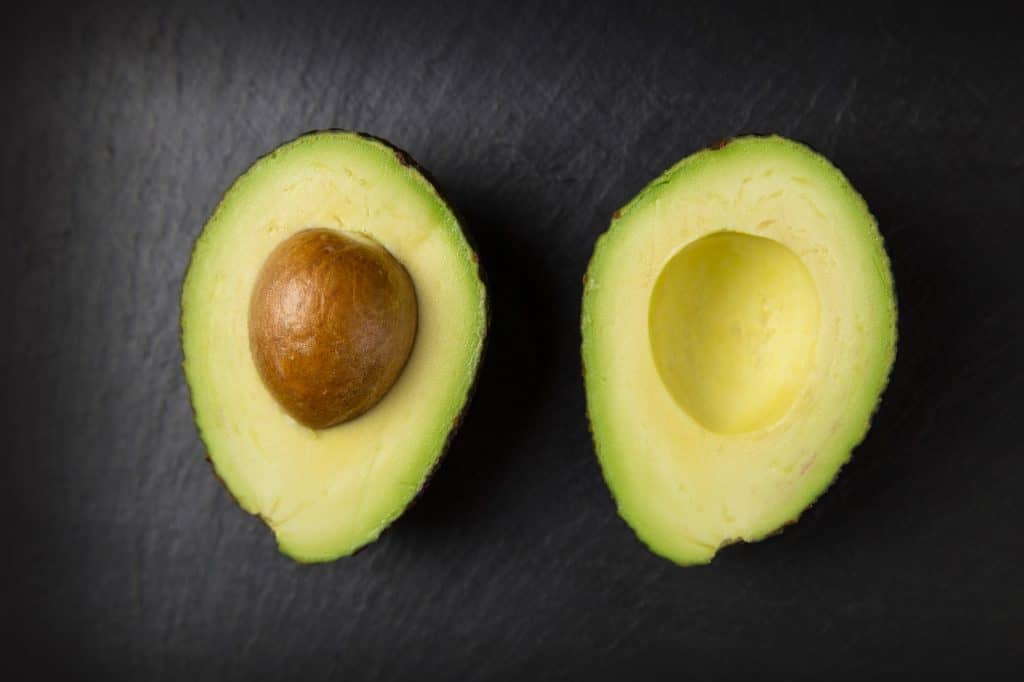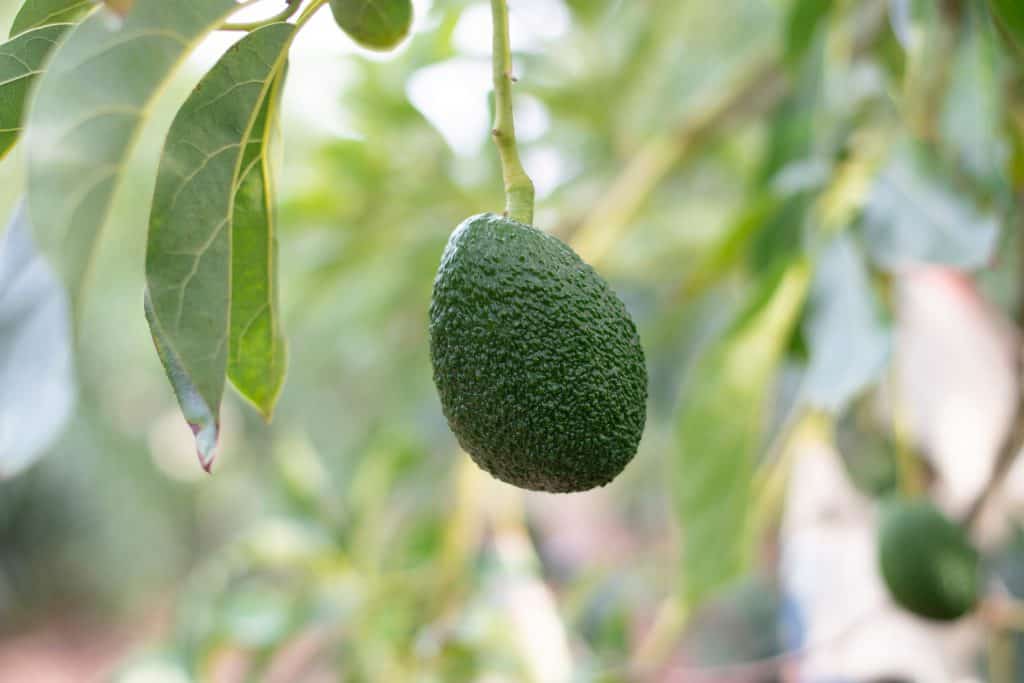
How to Grow Avocado Indoors
If you’re a fan of avocado toast, guacamole, or another avocado-featuring food, the idea of having your own supply of avocados might seem enticing. Luckily, it is possible to grow avocado indoors, allowing anyone to add them to an indoor garden.
But anyone who tries to grow avocado indoors is going to face some challenges. If you want to increase your odds of success, here’s what you need to know.
How to Grow Avocado Indoors
The avocado tree is native to Mexico and needs a warmer climate to thrive. For those who live in colder regions, that may make growing one indoors is your only viable option. Otherwise, if your local temps dip below 50 degrees Fahrenheit, your avocado plant probably won’t survive the winter.
The overall process is relatively straightforward, though it does require some effort. Here’s a step-by-step guide on how to grow avocado indoors.
1. Getting the Pit to Root and Sprout
After you enjoy an avocado, clean and dry the pit. Take a mason jar (or similar glass container) and fill it nearly to the brim with water. Identify the broad end of the pit and point it towards the water.
Next, take three toothpicks or wood skewers and push them into the pit, creating a way for it to be suspended so that only one inch of the pit is in the water. Find a nice, warm spot in your home that gets indirect sunlight, and set the jar with the pit in it there.
Then, keep an eye on the jar. Add water as necessary to keep the level high enough. Within two to six weeks, you should start to see roots and a stem. If you don’t wait up to eight weeks. If there’s still nothing, then you may need to start over with a new pit.
2. Initial Growth and Upkeep
Now that you see roots and a stem, it’s time to promote healthy growth. Once the stem hits about seven inches tall, cut it back by around half.
After that, wait for the roots to grow thick and for the stem to sprout leaves again. When that occurs, it’s time to plant the avocado in soil.
3. Planting the Avocado in Soil
Planting the avocado is fairly simple. Get a pot that’s largest enough to allow it to grow, usually at least 10 inches in diameter. The pot also needs good drainage, as the roots can get damaged if they are over-saturated for too long.
In the same vein, opt for fast-draining potting soil, such as one designed for cactus or succulents. It will help keep the moisture levels appropriate. If you’d like, you can put some courser stones at the bottom, facilitating good drainage.
Fill the pot loosely with soil and then make a hole for the seedling. Spread the roots out carefully and then pack the soil gently around the pit. Keep the top of the seed above the soil line as you work, and water thoroughly once complete.
4. Maintenance of Your Avocado Plant
Avocado trees need good sunlight, ideally full sun. When you grow avocado indoors, they usually do best in a south-facing window, as those typically get the most sunlight. However, if you don’t have a south-facing window or yours are shaded, try the brightest spot you can use.
When it comes to watering, you want the soil to be moist, but not soaked. If the leaves begin to yellow, you’re overwatering, so use that as a sign to back off a bit. Usually, you can wait for the leaves to show just the subtlest signs of wilting. Then, give it a good watering, and wait for that slight wilt before doing so again.
When your seedling hits about 12 inches in height, trim the tip and top leaves off. Strive to cut just above the closest growth node. Additionally, as the stems reach six inches, do the same. That will encourage fuller growth, essentially making the plant a bit bushier over time. While you’ll pinch off new growth regularly throughout the first summer, once the plant is a year old, it may only need pruning once a year.
Every few months, use citrus tree fertilizer to assist with growth. Just make sure you don’t go too heavy. You may also want to use a trace elements spray every few months during the warmer seasons.
If You Grow Avocado Indoors, Patience is a Must
It’s important to note that, even under the best of circumstances, an avocado tree might not fruit for at least ten years. In fact, some take much longer.
Additionally, the vast majority of avocado trees that remain entirely indoors will actually never fruit. Instead, they are more of a novelty houseplant.
However, you can move an avocado tree that’s started indoors outside. If your climate is appropriate, it’ll then have a chance to grow fully, increasing the odds that it will fruit. Otherwise, you can keep your fingers crossed that your avocado tree is an exception. Just be prepared that it may take a decade or more for you to find out.


